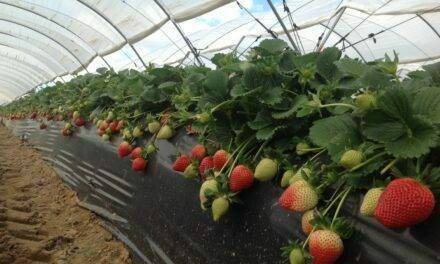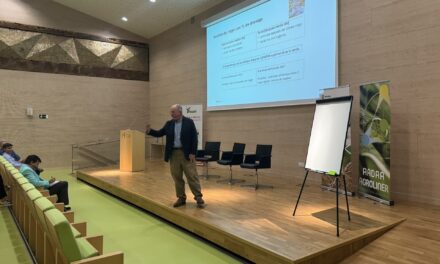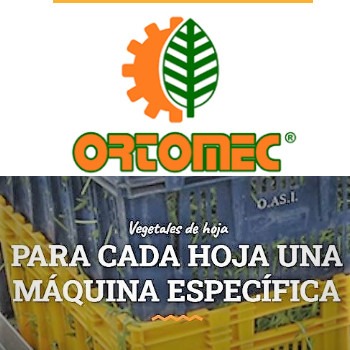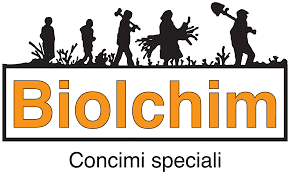
Texas A&M AgriLife researchers make a breakthrough in fighting agricultural plant diseases
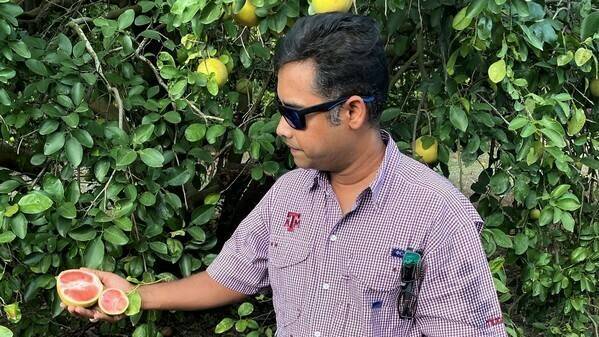
Plant health: new detection method to accelerate solutions for Citrus Greening and other ‘annoying’ diseases
Researchers at Texas A&M AgriLife have made a discovery that will help fight pesky pathogens, which cost U.S. agriculture billions of dollars annually.
For the past several years, Kranthi Mandadi, Ph.D., Texas A&M AgriLife research scientist and associate professor in the Texas A&M Department of Plant Pathology and Microbiology, along with her colleagues, has been working on developing new biological technologies to combat “non-cultivable” pathogen problems. Mandadi and his team members are based at the Texas A&M AgriLife Research and Extension Center in Weslaco.
Annoying plant diseases and their costs
The fastidious plant pathogens infect citrus, tomatoes, potatoes, grapes, peppers and other crops grown throughout Texas. Often transmitted by insect vectors, these pathogens cause billions of dollars in damage each year. The U.S. citrus industry would save $3 billion per year by controlling one of these diseases: citrus greening. In addition, the pesky pathogen that causes Pierce’s disease in grapes is the number one threat to the billion dollar wine industry in Texas.
“Currently, invasive fastidious pathogens are causing several major outbreaks in row crops, specialty crops and citrus, with immense costs to Texas and the U.S.,” said Juan Landivar, Ph.D., director of the AgriLife center in Weslaco, who has been involved in efforts to combat demanding plant pathogens for many years.
A way to grow ‘non-cultivable’ bacteri
Some plant pathogens can be grown as pure cultures in the laboratory in the presence of artificial nutrient solutions. Being able to grow pathogens in the laboratory facilitates their study by providing researchers with a reliable supply of experimental material. However, it is estimated that 99% of bacteria in the world are demanding or cannot grow outside their native environment.
“The biggest obstacle to understanding and controlling fastidious pathogens was the inability to grow them in a laboratory and to detect many potential therapies,” said Leland “Sandy” Pierson, Ph.D., professor and chair of the Texas A&M Department of Phytopathology and Microbiology. “But Dr. Mandadi and his team have developed an innovative method as an alternative means of spreading fastidious bacteria. These bacteria are believed to be responsible for Huanglongbing, also known as citrus greening disease, and other insect-borne diseases, such as potato chips and tomato vein greening disease.
The breakthrough came in the form of the “hairy root” system. This technology uses pathogen-infected host tissues to produce so-called hairy roots that can serve as biological vessels for the spread of these pathogens in the laboratory.
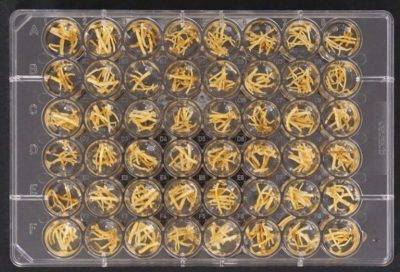
CLas-citrus ‘hairy root’ assay plate. (Texas A&M AgriLife photo)
“Classic microbiological techniques developed in the early 19th century cultivated animal and mammalian viruses in host cells, tissues and embryonic eggs,” Mandadi said. “Similarly, we hypothesized that the hairy roots of plants might be suitable for spreading fastidious pathogens. And in fact, hairy roots supported the accumulation and growth of demanding plant bacteria.
Microbial hairy roots appear similar to normal root tissues that develop from the plant and mimic the natural environment of a bacterium, he said. This allows the growth of demanding pathogens under controlled laboratory conditions.
Accelerated detection of antimicrobial treatments
While microbial hairy root cultures are not traditional “pure” test tube cultures, they allow access to the fastidious bacteria in the laboratory on demand. This allows rapid detection of various antimicrobials such as chemical inhibitors, immunomodulators, as well as gene based therapies / CRISPR.
Other advantages are that hair root cultures are easy to produce in the laboratory and can be kept for several months to a year in laboratory growth chambers. Depending on the pathogen and the effectiveness of detection, it is also at least four times faster than conventional detection methods, according to Sonia Irigoyen, Ph.D., and Manikandan Ramasamy, Ph.D., both scientists and co-authors of AgriLife Research.











